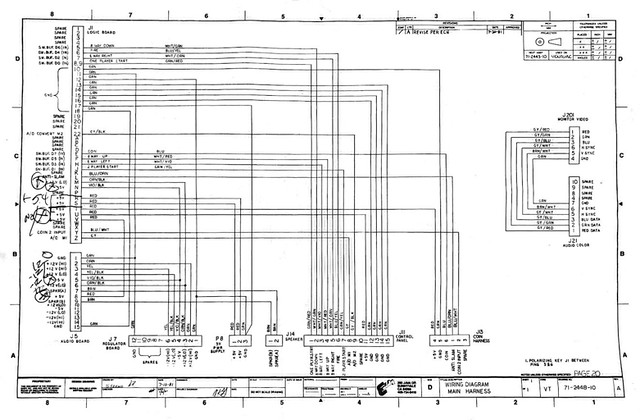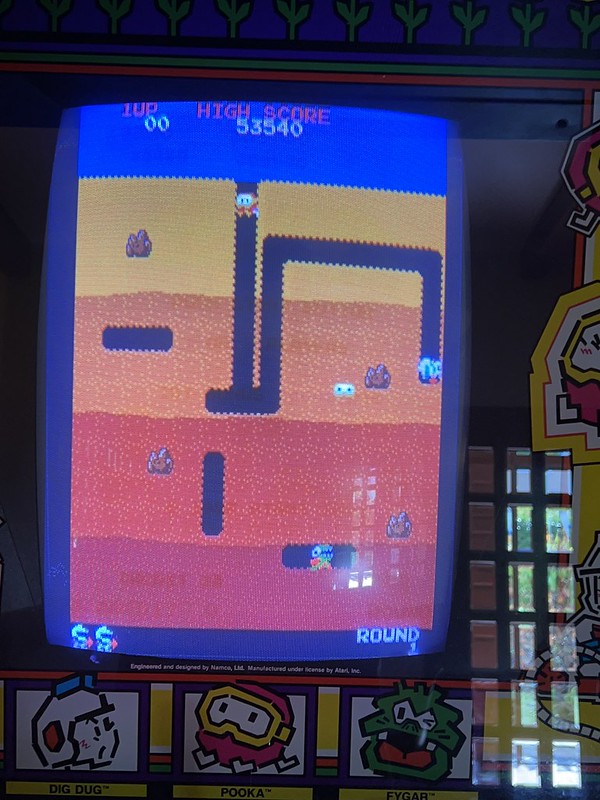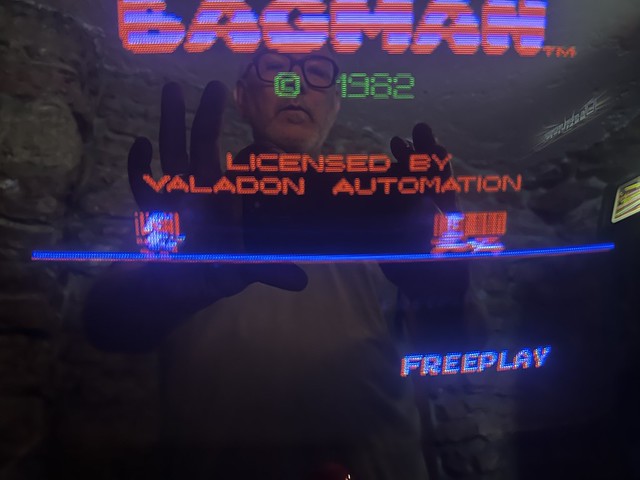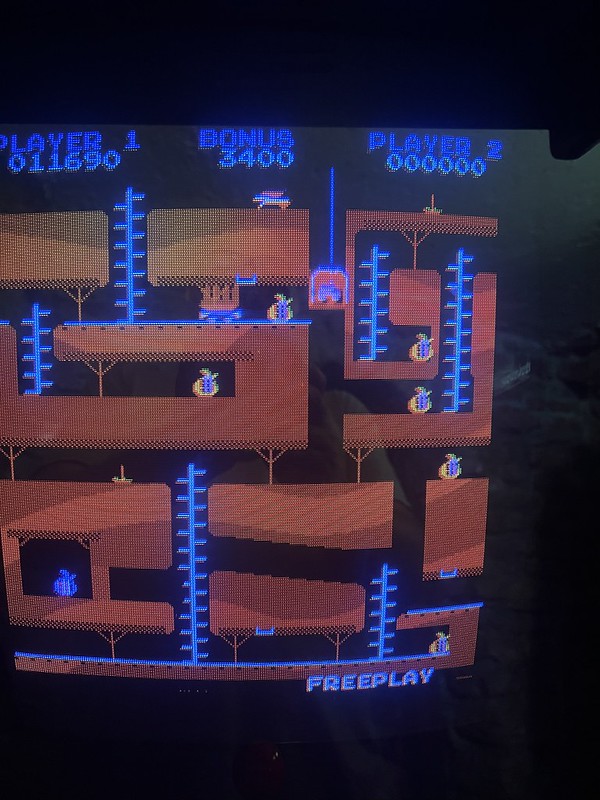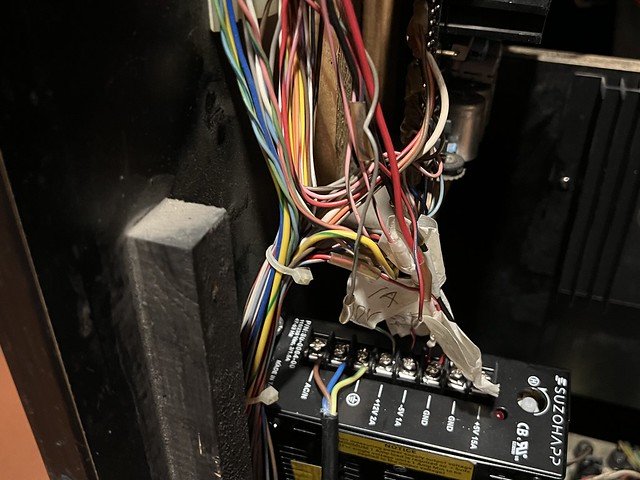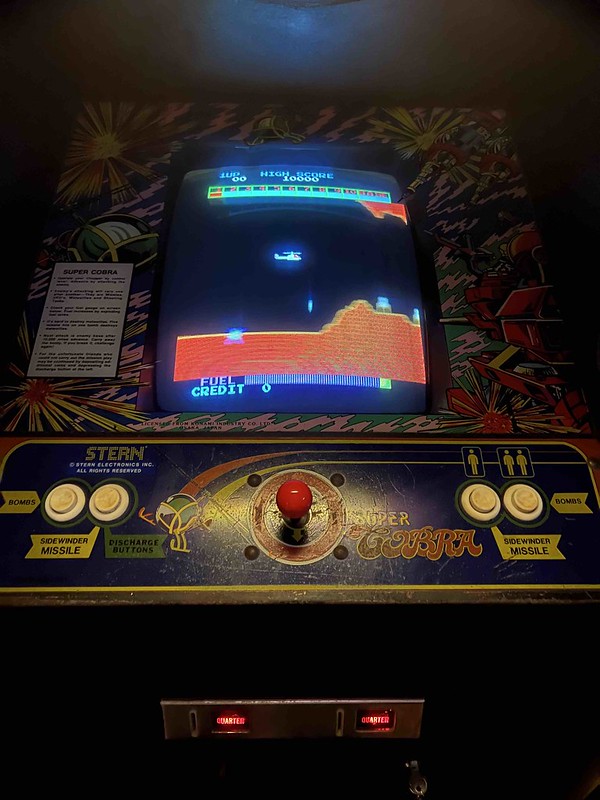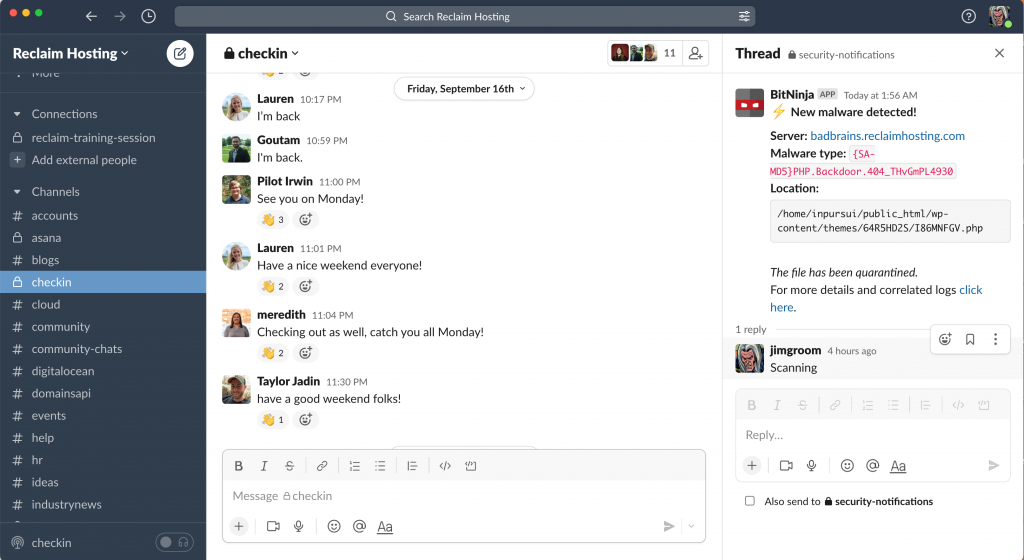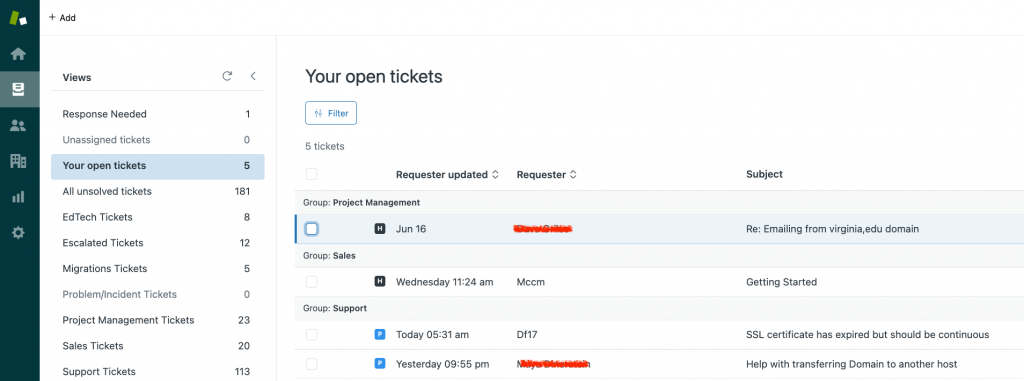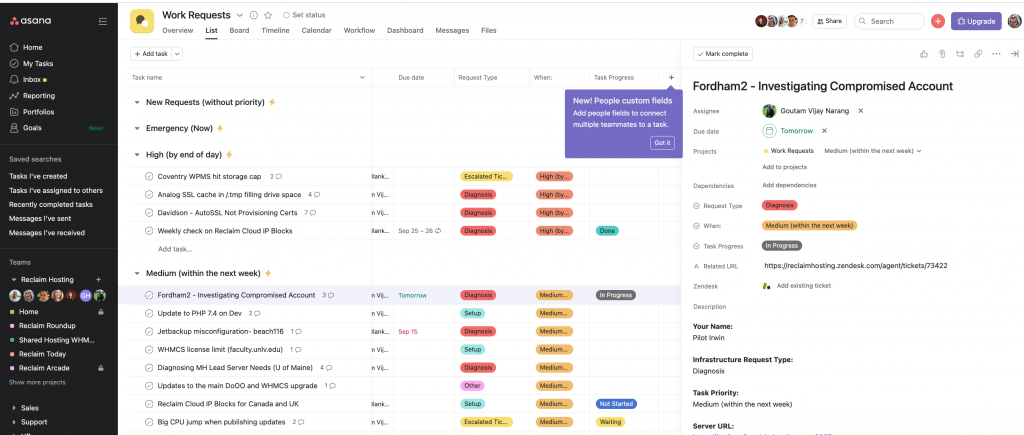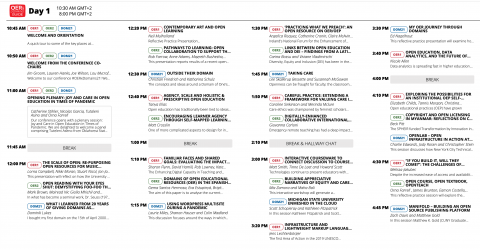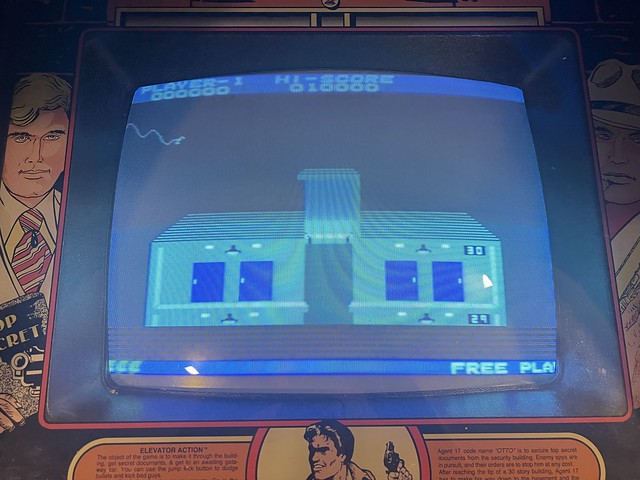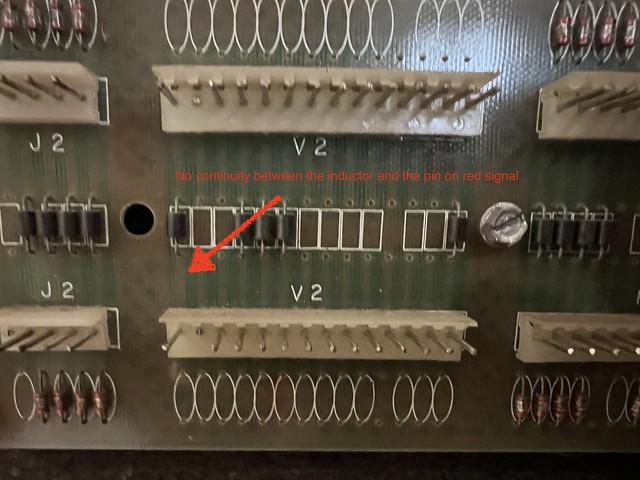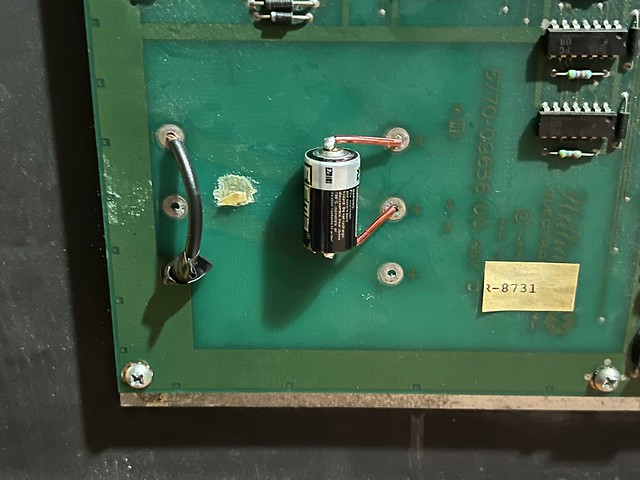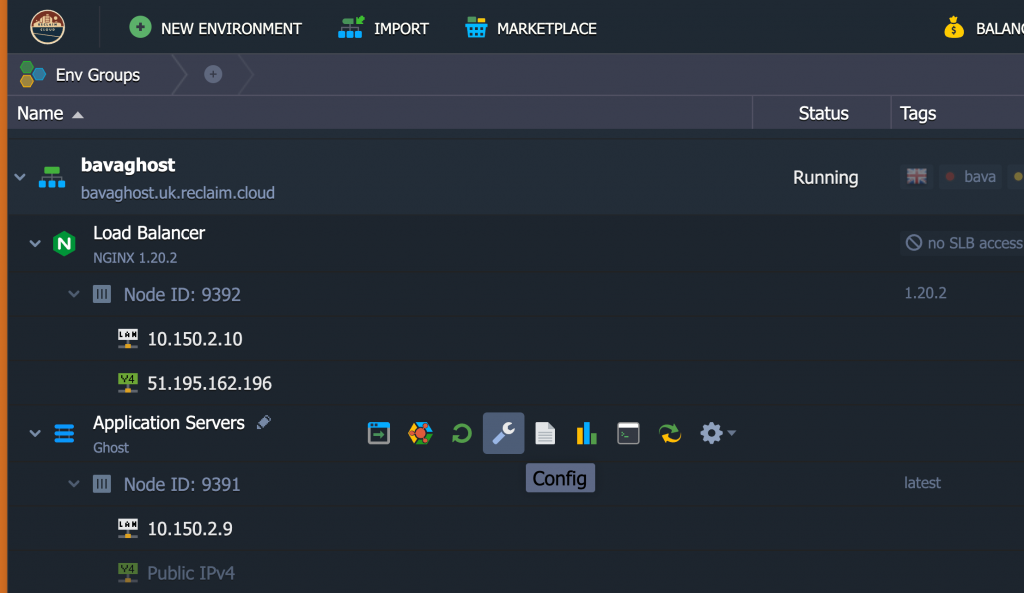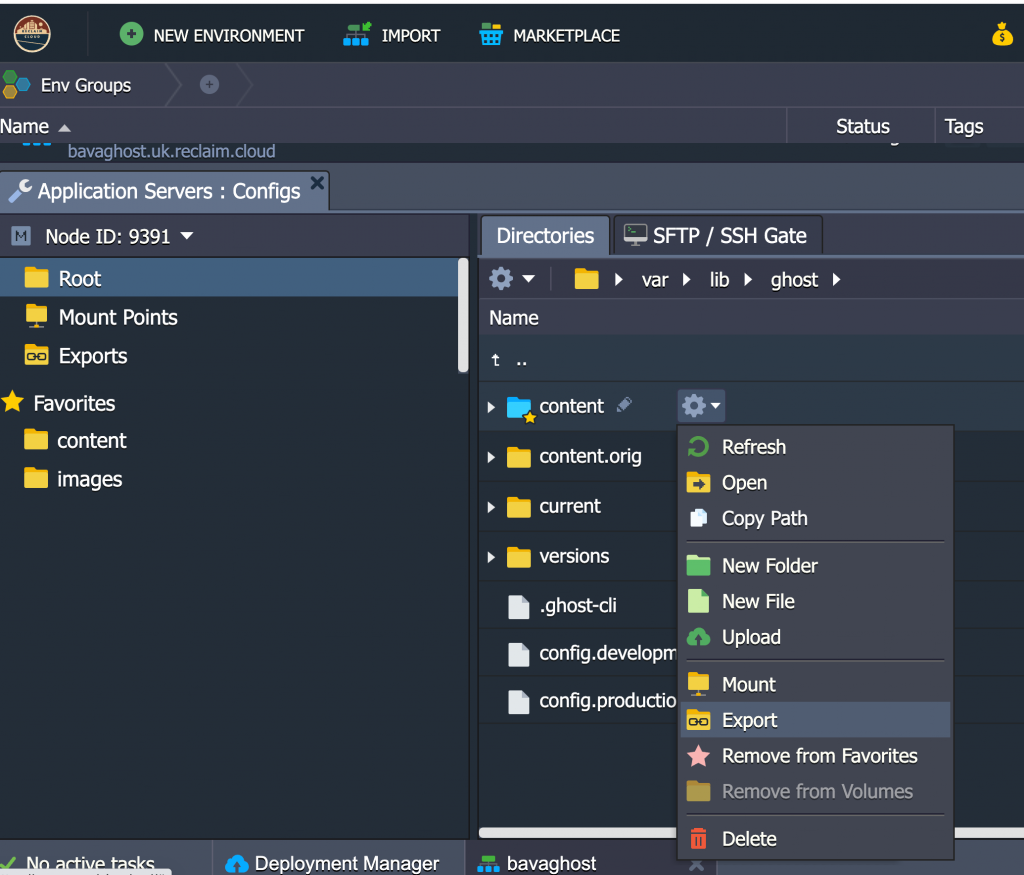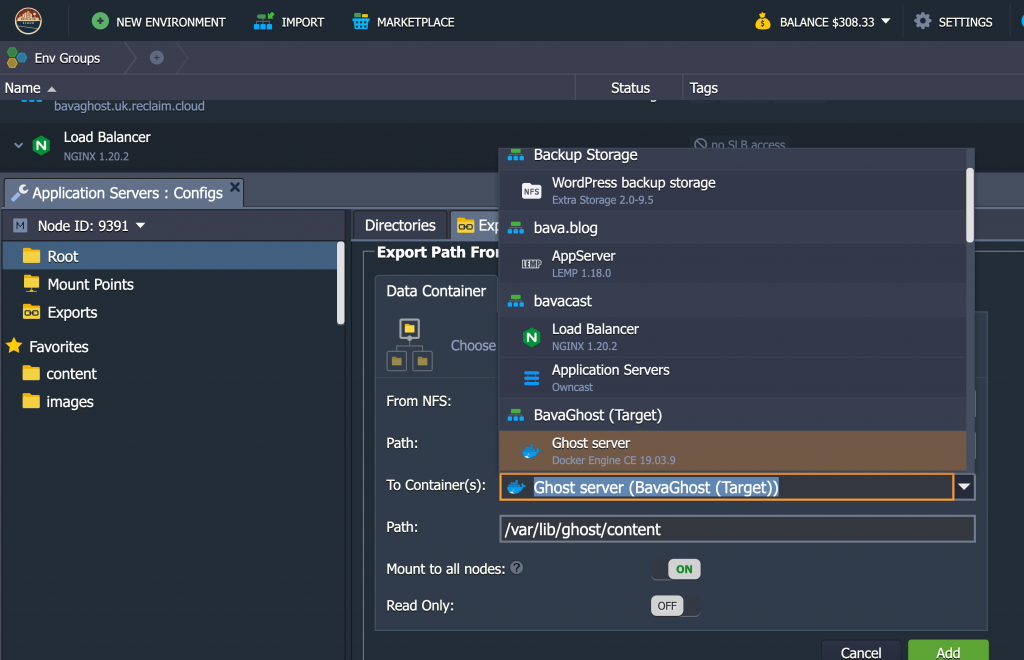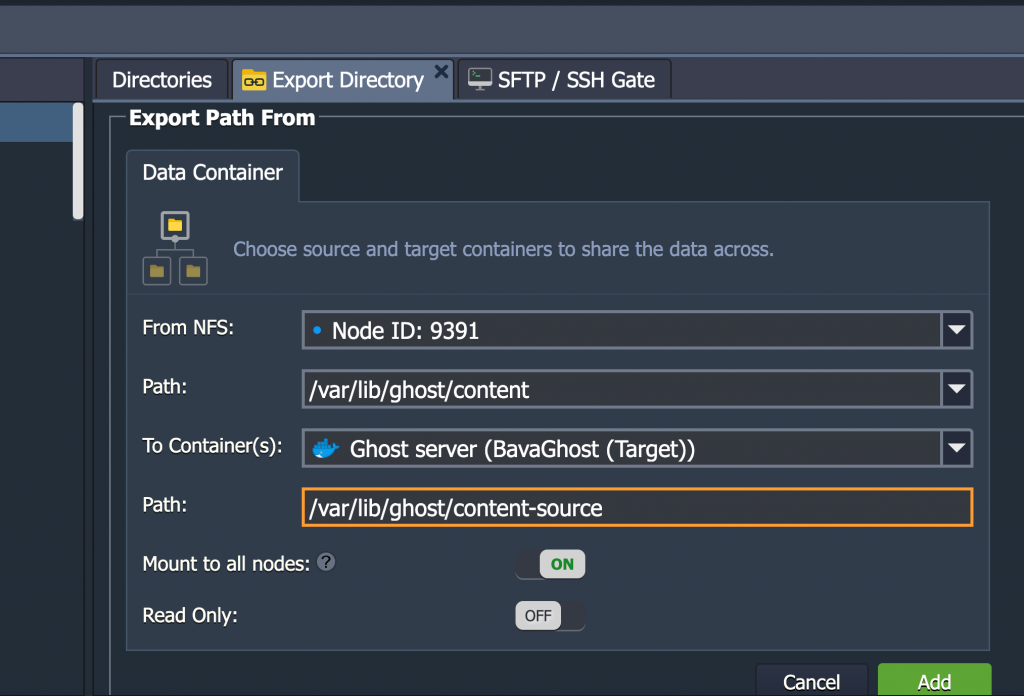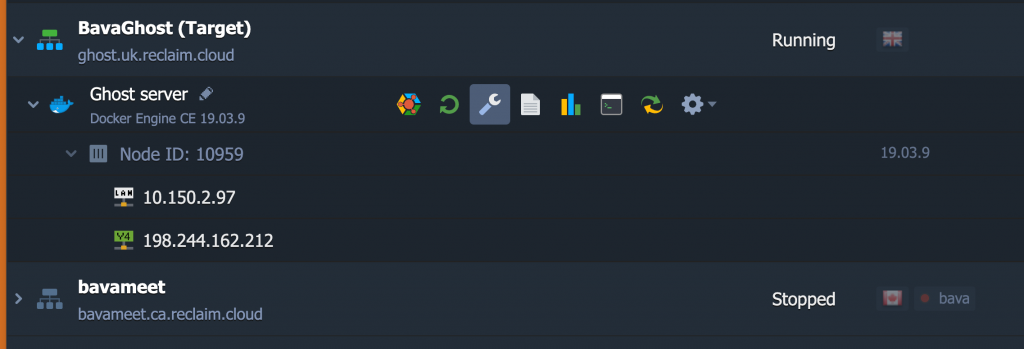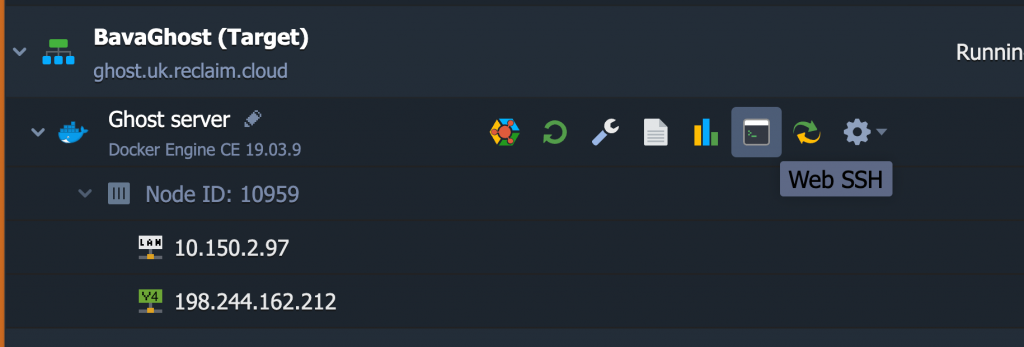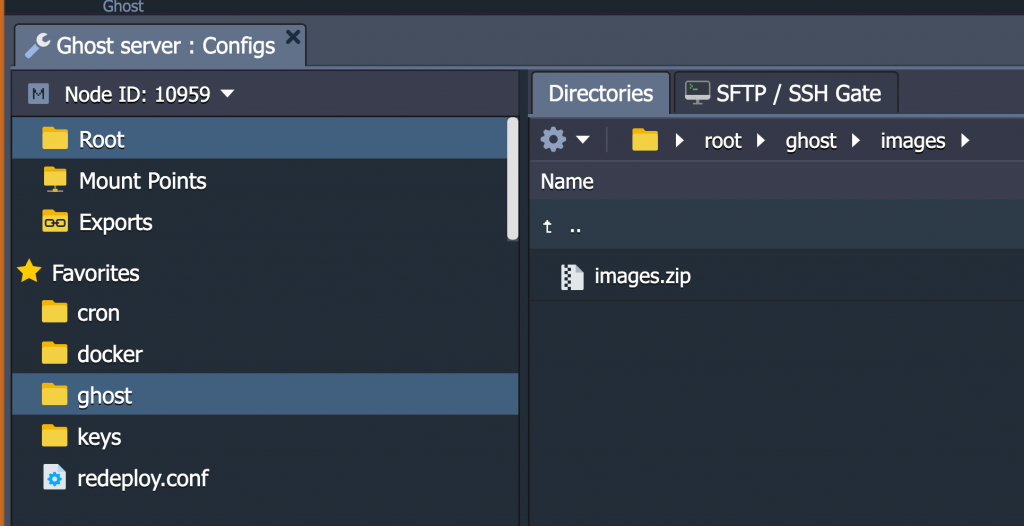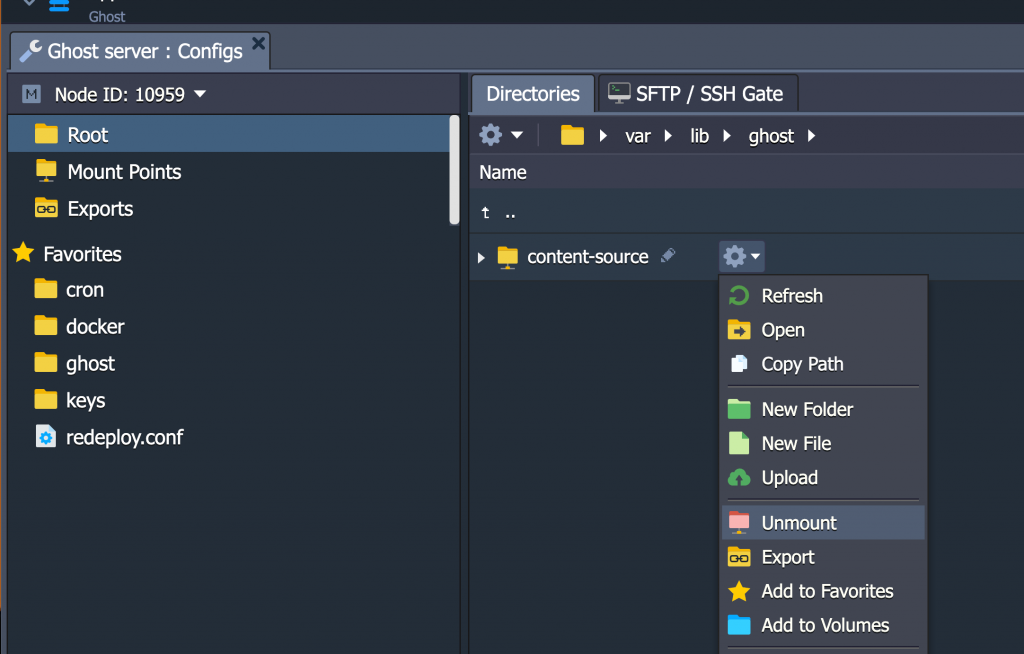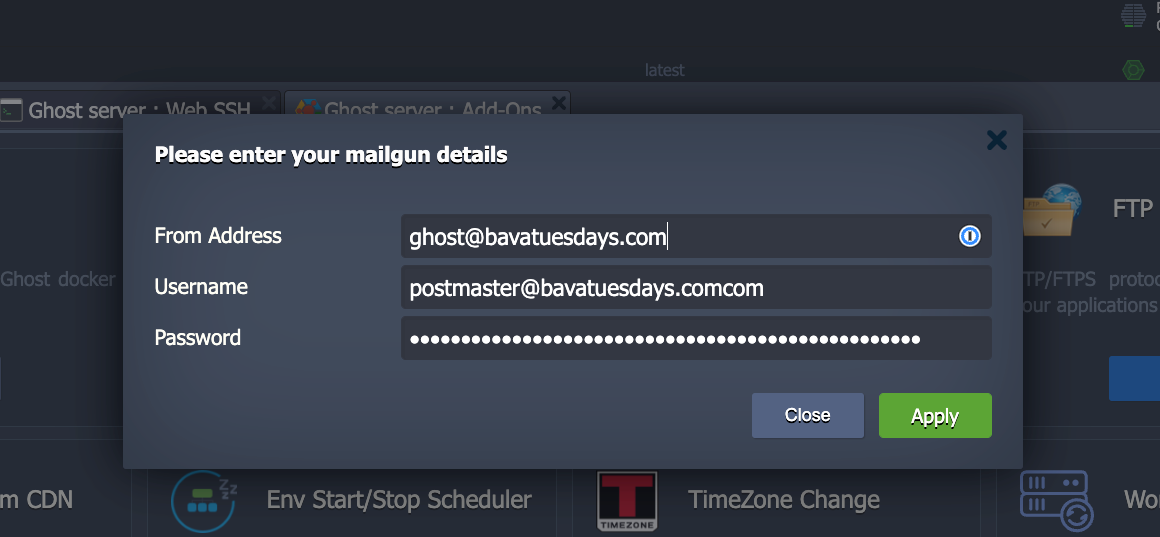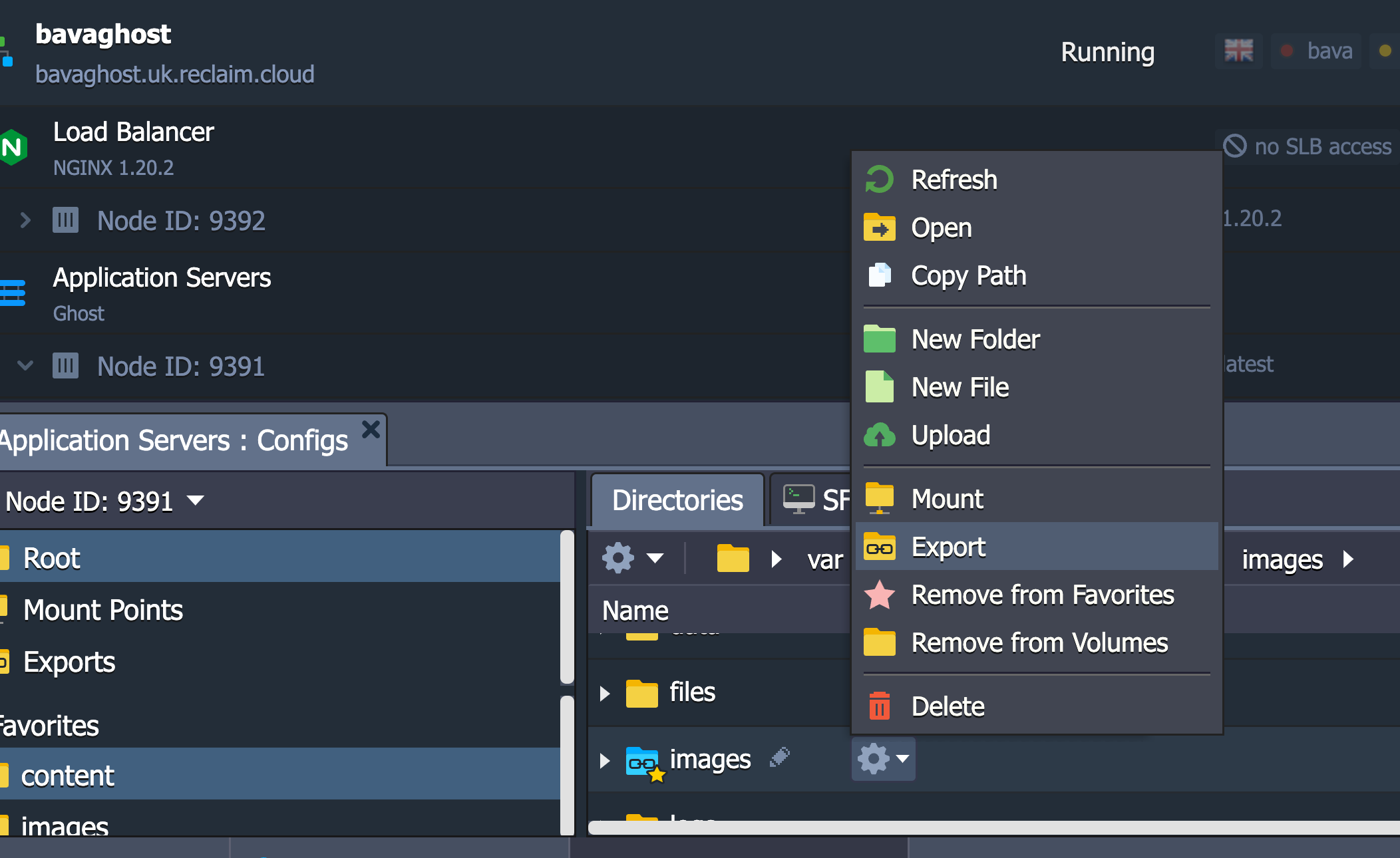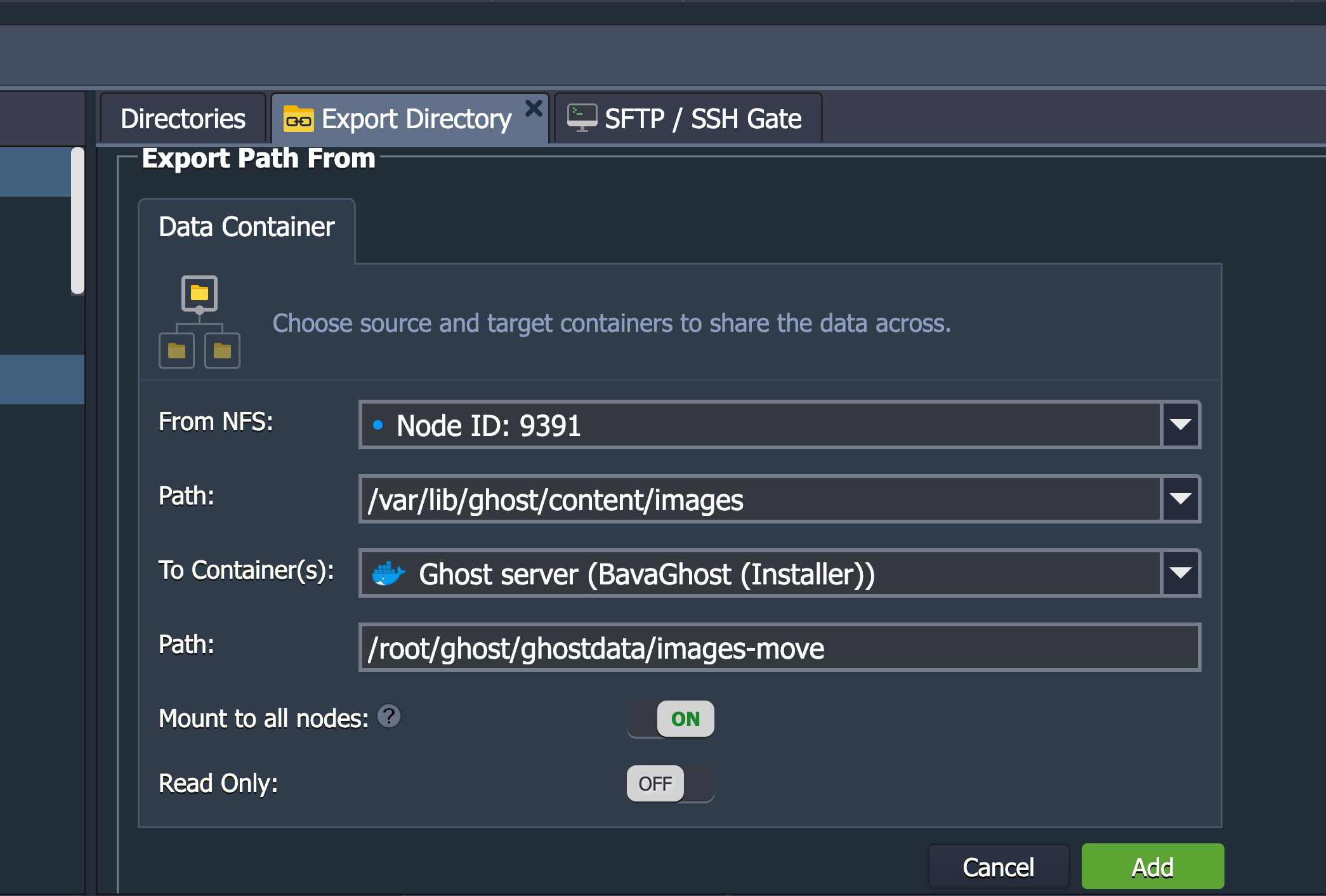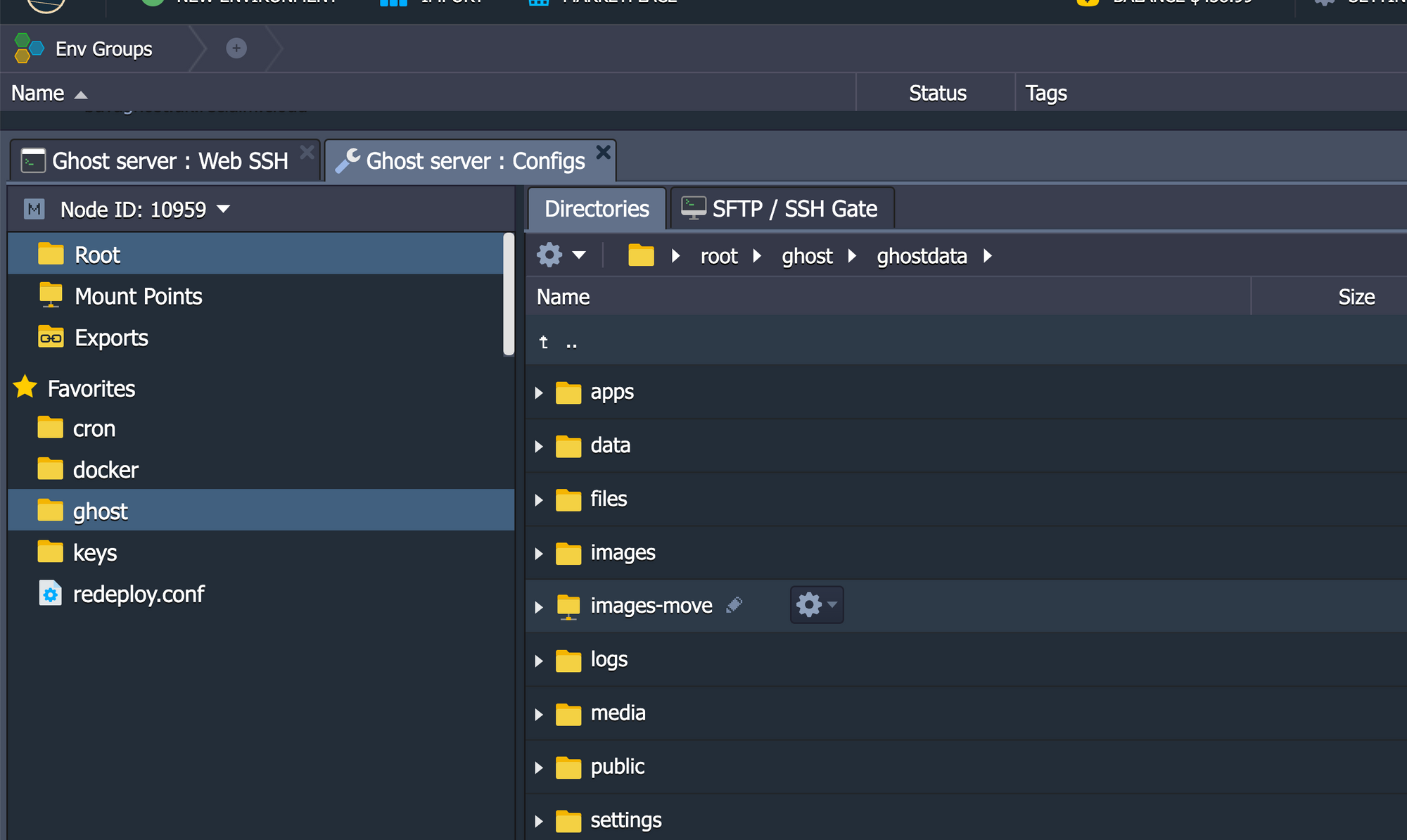It’s been about 3 weeks since the container arrived and my basement is starting to get back into livable shape. I’m gonna need to get some perimeter shelving for the walls to manage all the VHS tapes, laserdiscs, excess vinyl and toys (especially the Smurfs), but after that it will really just be getting all the video game cabinets in mint shape. In fact, that process is already underway. I will mention quickly before jumping into the to-do list that the basement office/arcade space is becoming everything I ever dreamed it would be and more. I’m realizing that one of my middle-aged passions is filling up space with shit I have collected over the years, and I’m totally at one with that.
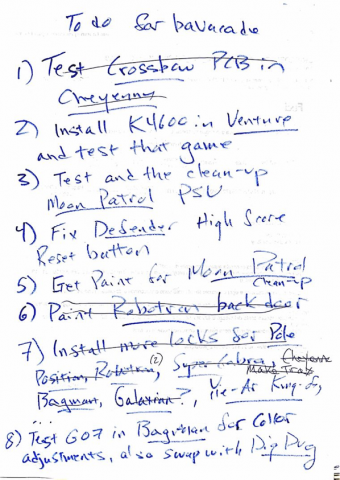
Cheyenne
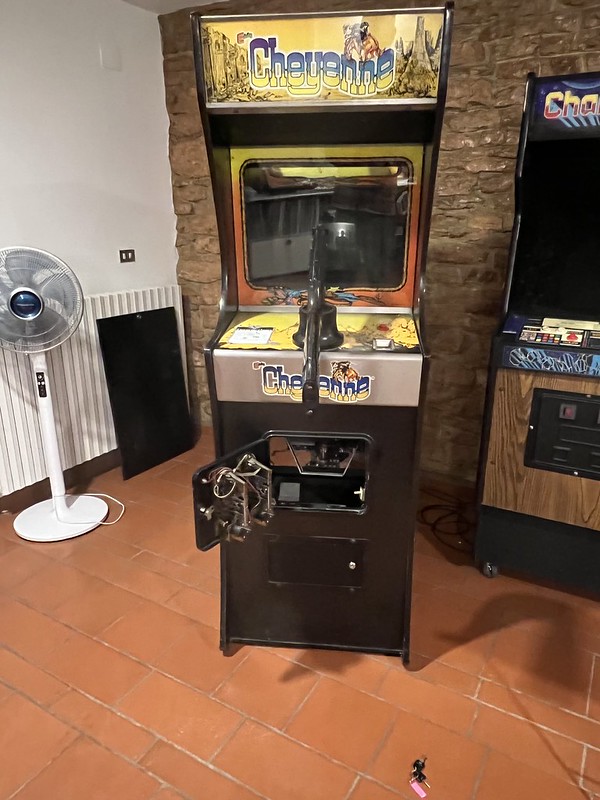
Cheyenne
One game that has been down for a while now is Cheyenne. The sound board was having issues, and the monitor was curling at the top of the screen which often means a capkit. I have a spare Crossbow board that arrived from the US in the container (the original board was also a Crossbow with the 440 multi-kit mod), so I figured I could try that board and see if the sound issues were fixed. Sure enough, the new board works well and the original speakers (which we replaced with new ones for testing) also had no issues, so I re-installed the OG speakers.

New speakers removed from Cheyenne
The only outstanding issue is that the screen is still curling at the top, so I need to swap out the Hanterex Polo 20″ chassis with a spare I have, then try a capkit on the original. If that works, then this game is back up and running and looking good. Roberto still has the audio board, so if he can fix that I can re-install the multi-kit mod and have a spare board that I know works.
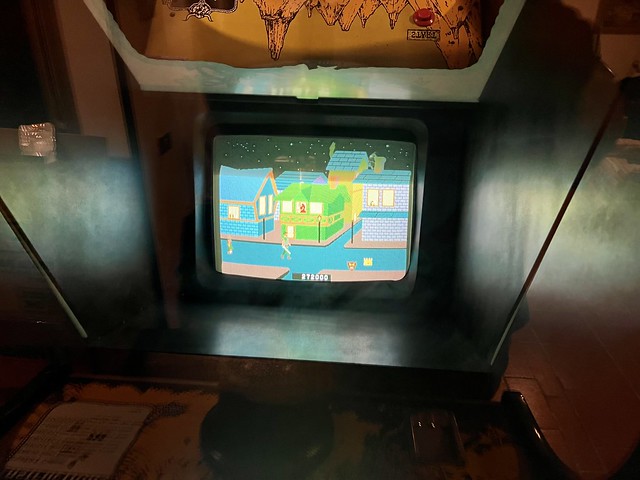
Excellent image and color on Cheyenne/Crossbow, but a bit of curling at the top
So things are looking good with Cheyenne at the moment—not done yet entirely, but working and moving in the right direction.
Venture
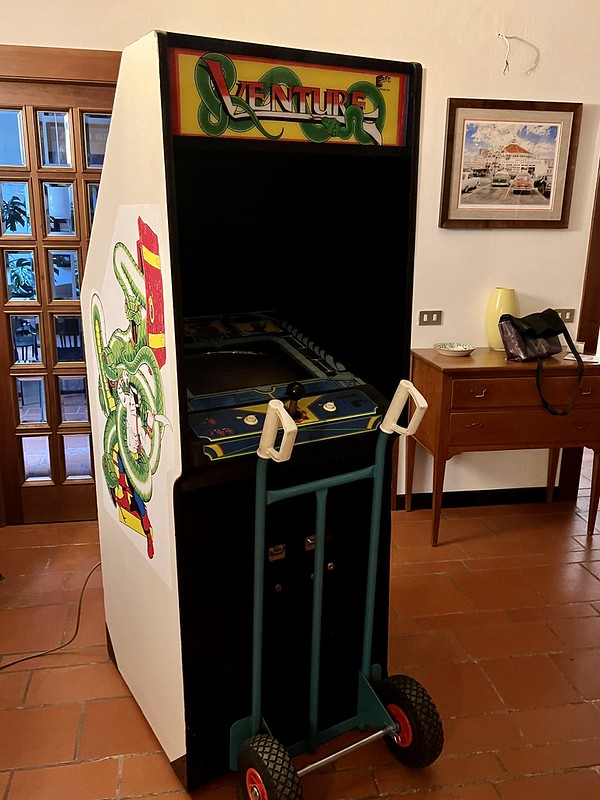
Exidy’s Venture, a childhood favorite!
While not crossed out on the list above, I did re-install the K4600 chassis I had repaired for Venture a while back, and it has been the bane of my existence for a couple of days now. Venture is the only game in my collection that I have never seen working, and I was sure I was close the other night, but alas I could not get any power to the monitor chassis no matter what I tried.
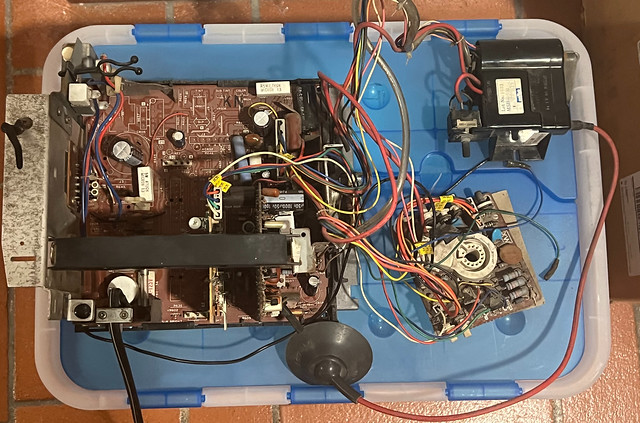
K4600 Monitor Chassis for Venture not working 🙁
I re-installed the K4600 chassis and then traced all the power and re-hooked up the connectors.

Venture original power supply
I noticed that -5V was not being generated by the original power supply, but +5V, +12V, and -12V were, so I swapped in a switching power supply to feed the board the -5V while the original power supply was delivering the rest.
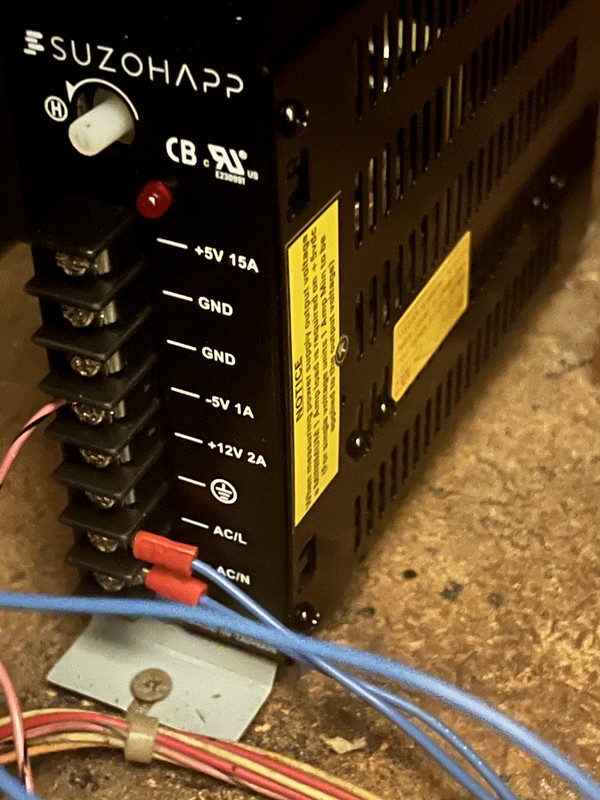
-5V from switching power supply installed in Venture
So I know for a fact all the voltages from the power supply are now correct after testing, but I believe something is not working along the board’s edge connectors, or perhaps in the wiring, given the board is not showing any sign of life.

Edge Connectors for main and audio game boards in Venture
While I can’t see the screen given the power issue with the monitor chassis, the game should be playing blind, or I should be able to hear sounds when coining-up, pressing player 1, etc. But in this case there is nothing. My next steps here are to swap out a K4600 I have in Galaxian that I know works to confirm the issue with the chassis, after that I am probably going to have to test every connection between the power supply and the edge connector for continuity and the correct voltage. At that point I should be able to track down the issue, but not having a working monitor is annoying me to no end, so we’ll see on this one, it is still very much a work in process.
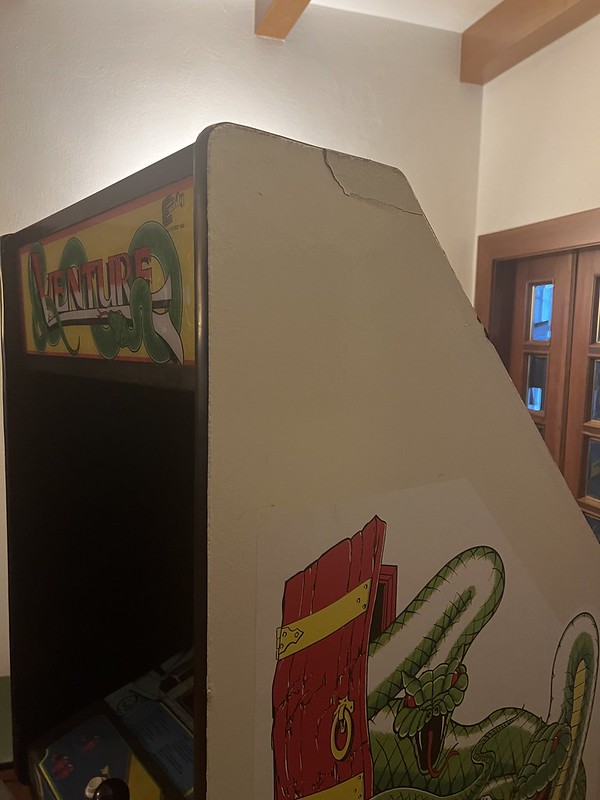
Cracked Edge on Venture Cabinet
Moreover, once I get everything working (so much confidence!) I’ll be stripping it down given the cabinet could use a good clean-up, as well as reinforcing certain parts and repairing a cracked edge near the top of the cabinet.
Moon Patrol

An empty Moon patrol cabinet
The Moon Patrol cabinet is probably the other biggest project right now alongside Venture. the bottom of the cabinet seems to have been submerged in water, but luckily, if not strangely, the water damage is limited, but the dirt and grime on the power supply tell a story.

Moon Patrol dirt caked power supply
In fact, the bottom of the cabinet is salvageable, no need for cutting and replacing the bottom portion, but the coin housing is pretty rotted out and will need to be rebuilt. Luckily this refurbishing job will be a lot less overhead than Donkey Kong Jr or Scramble, so I’ll take it, and Moon Patrol will be restored to “like new” condition once I start cleaning the parts and Alberto takes the cabinet in to work his magic.

Moon Patrol pieces
When I tested the game after it arrived I was getting garbage from the board, and I swapped out the G07 chassis and tested all voltages from the power supply so I can confirm it’s a board issue. I have since gotten a replacement board that Tim kindly shipped from Reclaim Arcade, so I can test that once I reassemble the game given right now the cabinet is totally empty in preparation for the cabinet work. I am beginning to think I could use a work bench for testing boards and monitors separately, but I am not at that stage of expertise just yet…one day!
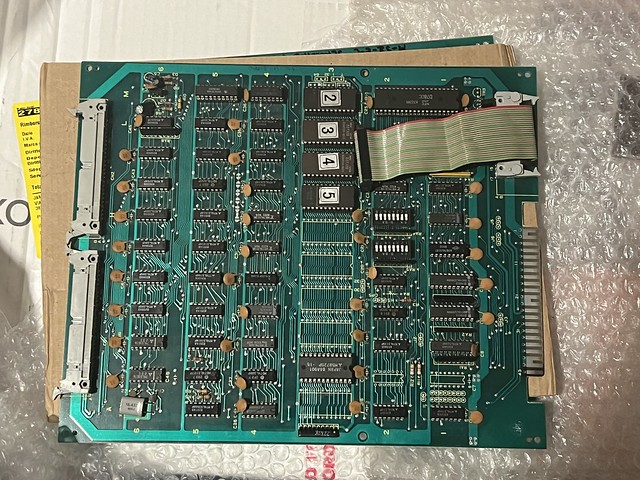
Extra Moon patrol board from Reclaim Arcade, thanks Tim!
The cool thing about Moon Patrol is I can use the parts from the power supply I will be cleaning up to help me figure out how to rebuild the Joust power supply (which is on part 2 of this list). I still need to test the voltages and see if it would work in Stargate (I took that power supply and put it in Joust temporarily), although not certain it will.
Defender

Twinsies
I am using a FPGA board in Defender and everything is working a treat, but I realized the High Score Reset button inside the coin door does not seem to be working.

Defender’s Coin Door Switches
This is an issue because it’s the button you use to change game settings like number of ships, free play, etc. I think it needs to be re-wired, but still have not had the time to look at it. While preparing to look at it yesterday, I was moving the game with the back door off and immediately realized the monitor housing was not bolted down at all and was freely sliding all over the place. WTF! How did this monitor survive a trans-Atlantic journey?

Mounted Defender monitor housing to prevent a lost monitor
Anyway, it was an easy fix, just four bolts and as many washers and nuts.

Defender and Yie-Ar Kung-fi side-by-side
While I was figuring out the perfect size bolts I realized Yie-Ar Kung-fu is in a converted Defender cabinet, so I could look at the bolts locking that down to figure out the right size, as well as compare the two for reference. I am thinking once I have everything working and some free time I’m going to try my hand at some custom side art for the Yie-Ar Kung-fu, given I love the bosses in that game and would even like to try the first GIF side-art project for a video game cabinet 🙂
Get Paint for Moon Patrol

Moon Patrol Side-art
As the Moon Patrol cabinet gets ready for refurbishing I am also planning on touching-up the side-art, which is actually in pretty good shape. I’ll just need to get samples of the yellow, black, light blue, and dark blue paint off the cabinet to take it to the local paint store Friscano Colori which does an awesome job of matching colors. I’m pretty happy the cabinet is in better shape than I thought because it was a pretty good deal. The last piece will be considering replacing the top section of the back door, like I did with Robotron 2084…
Paint Robotron 2084 Back Door
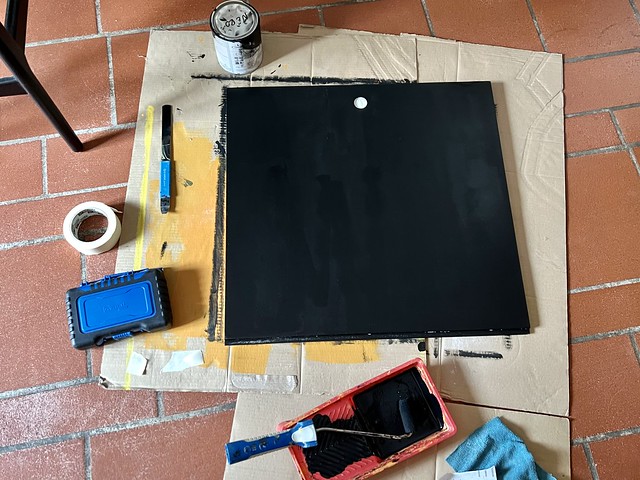
Robotron back door being painted
I finally got around to painting the back door of the Robotron 2084 cabinet Alberto made for me several months ago. The original was already broken, and given this cabinet is quite close to mint, I figured replacing the thrashed back door would get me closer. I think the only thing left on this cabinet is to see why the coin door advance switches are not working. I think there is a wiring issue, but given all setting s are acceptable I’ve been a bit lazy on looking into that one, maybe I’ll tackle that when I fix the Defender coin door switch as well.

Looking good, Robotron!
Installing Locks
I was having issues with the Pleiades Cocktail powering up (which turned out to just be a loose power cord) and the only way to access the cabinet was to drill the lock which I had no keys for. This was my first time drilling a lock, and it’s a bit of a pain. After getting the game open and realizing it was a quick fix, I then turned to the lock mechanism and started counting how many I would need across all my games to get that done. I have installed 16 locks so far, and I have another 6 coming tomorrow—which should almost cover it. I experimented with 2 different kinds of locks (regular and cylinder), and while both work well, I found the regular smaller keys to be a bit easier to install and use. Your mileage will vary given how many options there are out there, but I used a 5/8″ (or 16mm) lock body that had an articulated lock plate as well as a straight plate on so that I could make the fit more snug as needed.

Normal key with articulated lock plate for snug fit
Anyway, I installed 2 cylinder locks each on Pleiades, Dig Dug, and Joust, the other 4 cylinder locks are installed on the front doors of Pac-man, Galaxian, Make Trax and the backdoor of Cheyenne. The six normal keys are installed on the front-door of Bagman, Super Cobra, Defender, Pole Position, and Robotron (2x). I know this is a bit of TMI for a post, but this is pretty much the only reference I have for the future given my memory is shot.
Test G07 Chassis for Bagman on Dig Dug

G07 Chassis in Bagman that I did my first successful capkit on
This is on the yet-to-be-completed part of this list, but there is some backstory here worth jotting down. I did a capkit for a G07 chassis that ended up having some issues with syncing as well as a not very crisp green. I resolved the syncing issues by doing a second capkit, but the color issue remained.* So, I wanted to test this chassis (currently in Bagman) in Dig Dug to see if it a) resolves the intermittent shakiness of Dig Dug and b) still has washed out green color issues. The swap will also allow me to get the G07 out of Dig Dug so I can replace the rest of the alignment pots for that chassis, which I think will fix the intermittent jitters that monitor sometimes has. Although, truth be told, that issue is occurring far less often after I re-soldered all the pots and replaced one of the vertical/horizontal adjustment pots. So replacing the other 3 would probably fix that once and for all.
Anyway, that is just part one of my bavacade to-do list I am working through. I have much more to share, but this post is already too long and I still have much work to do as is all too apparent from this post. So, back to work and keep an eye out for part 2 if you are one of maybe 2 people interested in this level of detail around maintaining 1980s arcade cabinets.
_________________________________________
*I did the original capkit on an extra G07 chassis (originally from Robotron) that I planned on swapping out with the Condor chassis while I gave that a capkit to fix the shakiness at the bottom of the image. My first capkit was a bust (bad sync) so I re-did it and the second time worked much better. In the interim I moved the G07 chassis from Robotron into Condor, the G07 from Bagman into Robotron, and finally my re-capped extra board into Bagman. The now third capkit I tried on the original Condor G07 was not working at all, so I have to re-do that one too. It’s a learning process for sure.










